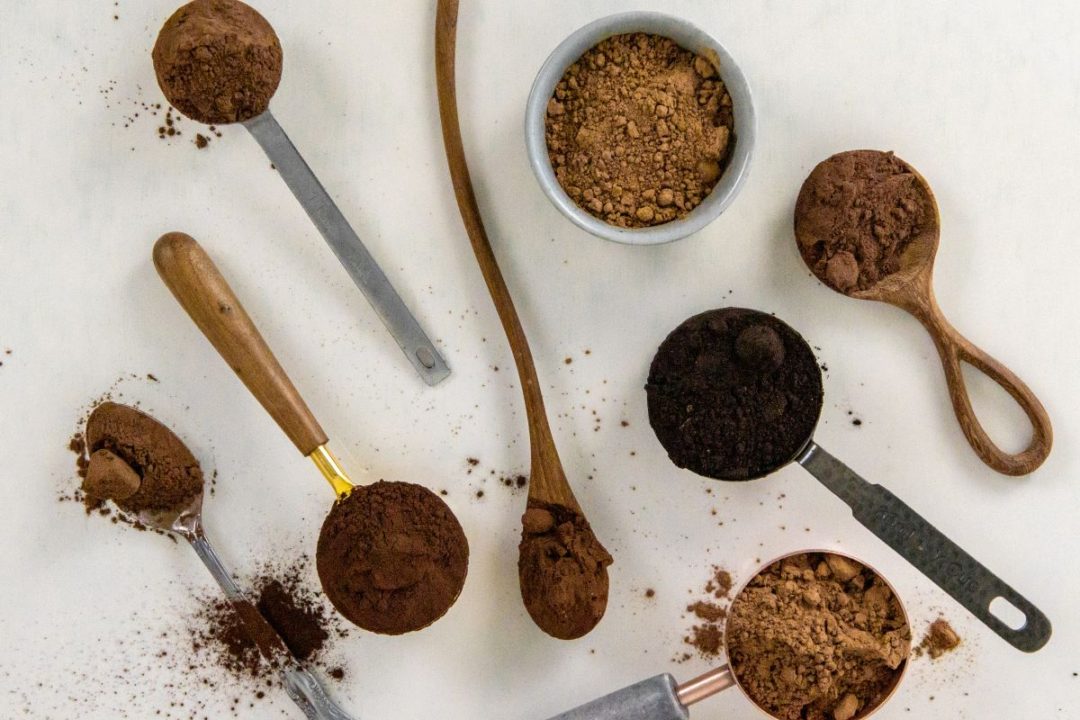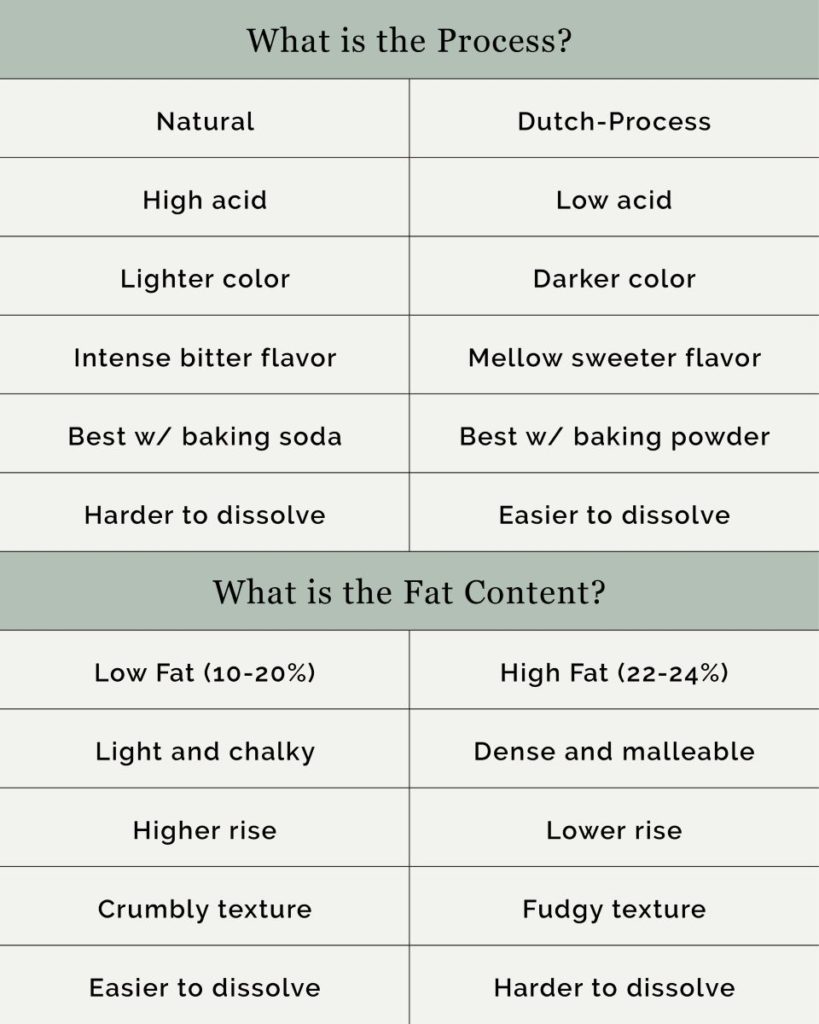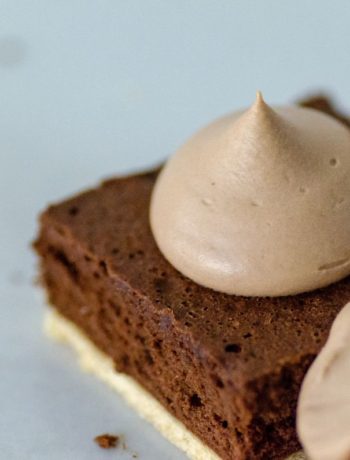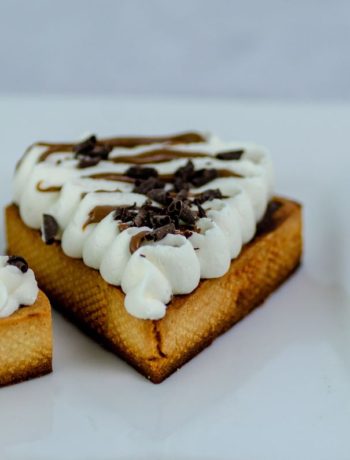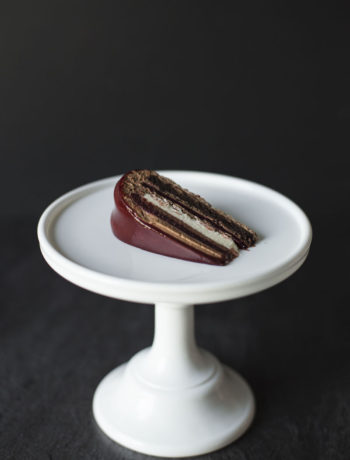Cocoa powder is a classic baking staple. This unsweetened chocolate product helps add rich, deep flavor to many of our favorite treats, desserts, and beverages. Think about it! What do brownies, chocolate cake, chocolate syrup, hot cocoa, and chocolate frosting all have in common? Their chocolate flavor often comes from cocoa powder. And even if you already have a big container of cocoa powder in your kitchen, you might have a few lingering questions about it. Read on to learn more about what this product really is, how it is made, and how to choose the best type of cocoa powder for your next chocolate-based culinary project.
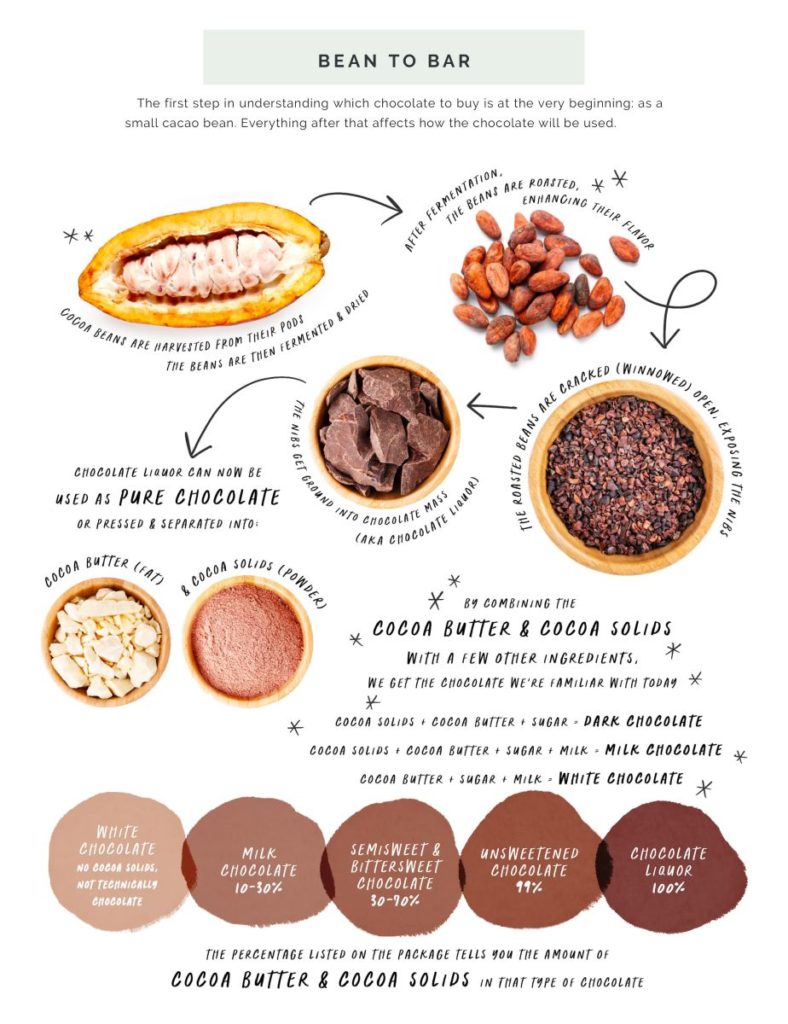
How is Cocoa Powder Made?
Chocolate begins as a bean from the cacao tree (Theobroma cacao). The beans grow inside large, football-shaped pods that get harvested and then fermented. The raw seeds are intensely bitter and the chocolate flavor only develops once they are fermented. After that, the beans are dried, roasted, and cracked (winnowed). The exposed cocoa nibs are then ground and liquified into a dark paste known as chocolate mass or chocolate liquor. The chocolate liquor is then pressed into two different products: cocoa powder (solids) and cocoa butter (fats).
Cocoa powder is relatively inexpensive and easy to use. It sifts seamlessly into sauces and batters without the fuss of melting anything down. And because it has the highest percentage of cocoa solids of any chocolate product, a little can go a long way in terms of flavor. But not all cocoa powders are created equal. There are two main distinctions to watch for: the processing and the fat content.
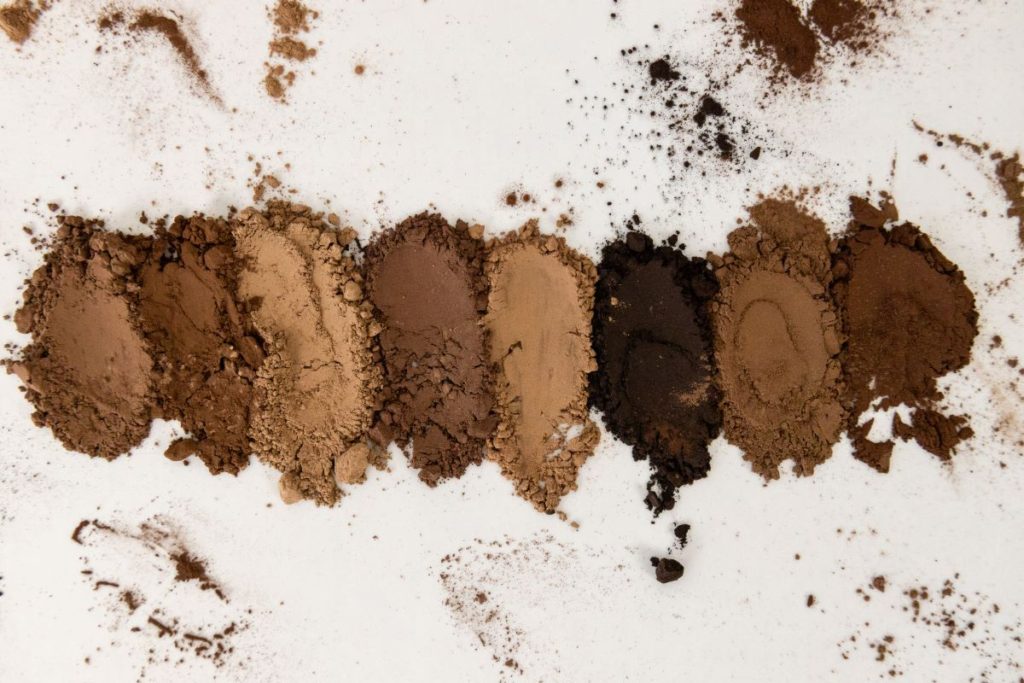
What Type of Cocoa Powder is it?
The two basic types of cocoa powder are natural and Dutch-process. Natural does not undergo any additional processing once the solids get ground up. It retains a more acidic pH level (between 5.3 and 5.8) so it tends to have a lighter color, more intense flavor, and reacts with baking soda. It is also interesting to note that natural cocoa powder does not dissolve as readily in liquid. The Dutch process creates a product that is less acidic. Before getting roasted and ground up, the cocoa nibs get washed in an alkaline solution to help make the product less acidic with a more neutral pH (between 6.8 and 8.1). This process darkens the color, mellows the flavor, and reduces the acidity. It also reduces the antioxidant properties of cocoa. Dutch-process cocoa also tends to dissolve more easily and is often easier to work with.
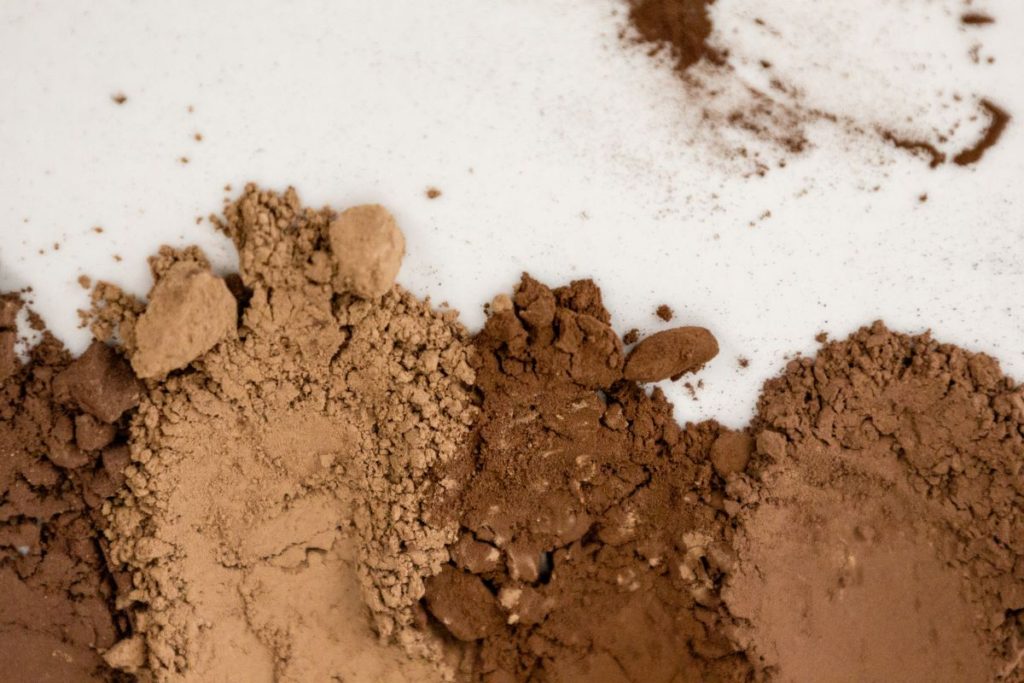
What is the Fat Content?
The next thing to think about when choosing cocoa is the fat content. Cocoa butter is expensive, and most companies want to remove as much as possible from their cocoa powder before shipping it off. But the FDA stipulates that cocoa powder must contain a minimum of 10% cocoa butter, and that is exactly the amount most generic cocoa powders contain. These products tend to be chalky and starchy and can lead to dry, crumbly, and chalky cakes, cookies, and brownies. But some higher fat cocoa powders retain as much as 25% of the cocoa butter in their mixture. The result of baking with high-fat cocoa yields a richer and fattier product that is softer, chewier, and highlights that ultra smooth chocolate flavor.
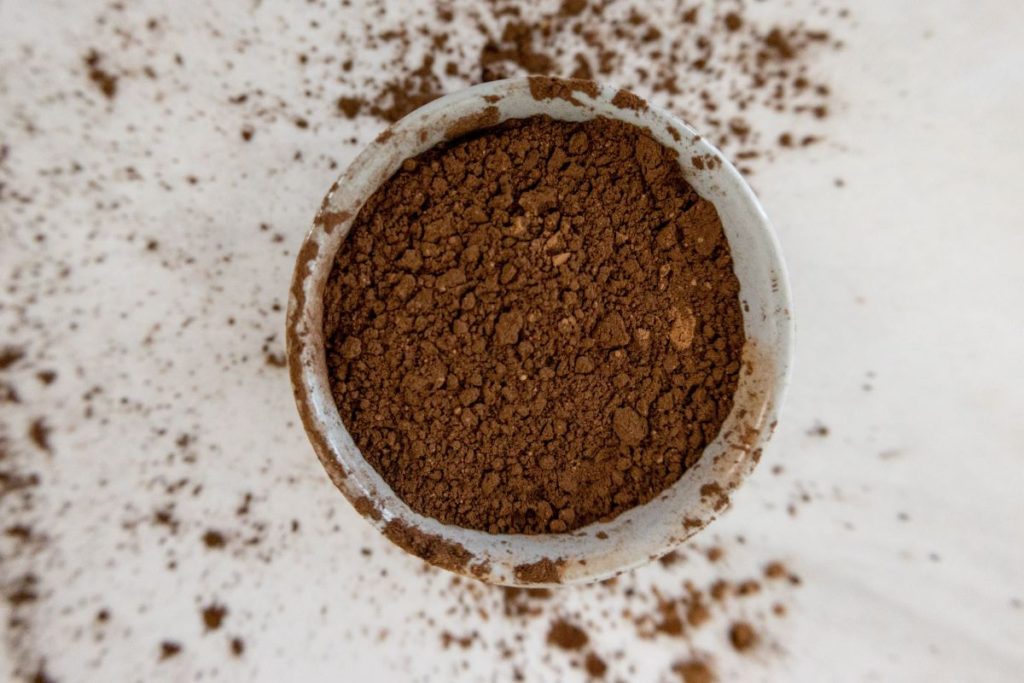
Here is a little chart to to use as an easy reference:
For baking, the type of cocoa powder you use absolutely matters. So take note if the recipe designates a certain type. In some cases, the natural acidity of the cocoa powder may be the only leavening agent and you will want to be sure to use a natural cocoa powder. But, if the recipe calls for baking powder (or baking soda and baking powder) then you will likely need to use Dutch-processed cocoa powder with a lower acidity. That said, if you are using cocoa for something other than baking–like for glazes, sauces, toppings, or drinks–then leavening isn’t a concern and flavor or dissolvability are the most important factors to consider.
Have you checked out the different types of cocoa powder in our store and been too intimidated to put anything in your cart? Well, no longer! If you are a baker, the distinct properties of these ingredients means you will want to have at least two or maybe three different types of cocoa powder at your disposal. Want to test out some cocoa powders? Here is a simple recipe for chocolate diamants you can use to test the different cocoas for taste, color, leavening, and consistency. We can’t wait to see what you make!

